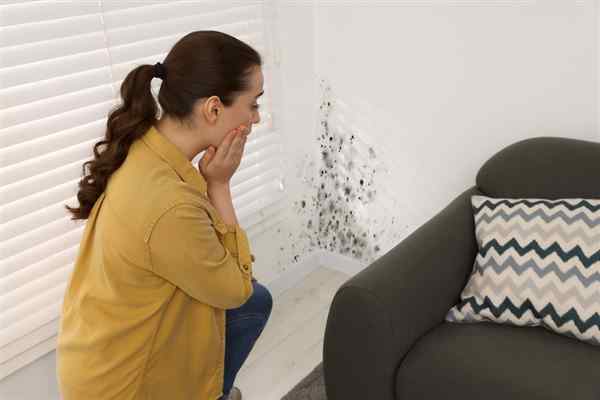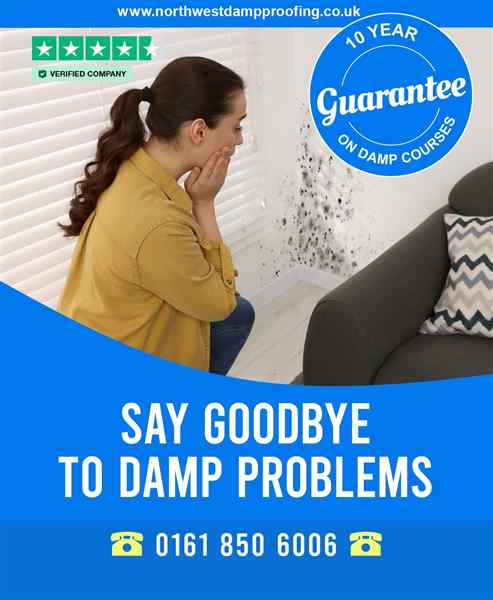The Importance of Good Air Circulation in Your Home
Proper air circulation is essential for a healthy and comfortable home environment. It helps regulate temperature, control humidity, and prevent the buildup of indoor pollutants, which can affect respiratory health. Fresh air flow reduces the concentration of allergens, dust, and chemicals, improving overall air quality.
It also prevents mold and mildew, which thrive in stagnant, damp areas and can damage property and pose health risks. Additionally, effective ventilation enhances comfort by balancing indoor temperatures, creating a more pleasant living space.
Air Bricks

Air bricks are essential for maintaining airflow within a house, particularly for spaces prone to dampness, like basements, crawl spaces, or subfloor areas. They help prevent moisture buildup by allowing fresh air to circulate, reducing the chances of mold, mildew, and wood rot that can damage the structure over time. Air bricks also help regulate indoor humidity levels, keeping your home drier and more comfortable. By ensuring proper ventilation, air bricks contribute to a healthier living environment and prolong the integrity of the building.
Additional Steps
Good circulation can be achieved by using fans, opening windows, and investing in ventilation systems, especially in rooms prone to moisture, like kitchens and bathrooms. Prioritizing air circulation not only contributes to better health but also preserves the integrity of your home.
Poor air circulation can lead to several problems within a home, impacting both the structure and the well-being of its occupants. Here are some common issues caused by inadequate ventilation:
- Mold and Mildew Growth: Poor airflow allows moisture to build up, especially in bathrooms, kitchens, and basements. This damp environment promotes the growth of mold and mildew, which can damage walls, ceilings, and fabrics.
- Structural Damage: Excess moisture can weaken wooden structures, flooring, and insulation over time. This can lead to rotting wood, warped floors, and damaged drywall, which are costly to repair.
- Poor Indoor Air Quality: Stagnant air can cause pollutants like dust, allergens, pet dander, and chemical fumes to accumulate. Over time, this can worsen respiratory issues, trigger allergies, and lead to general discomfort or headaches.
- Unpleasant Odors: Without proper airflow, odors from cooking, pets, and dampness linger longer and create an unpleasant living environment.
- Increased Condensation: Windows and walls may develop condensation, especially in colder months. This can lead to paint peeling, wallpaper bubbling, and other surface damage.
Maintaining good ventilation is essential to keep your home structurally sound and comfortable, while also promoting healthier indoor air quality.

If you do discover black mold on your walls or furniture this first step is to remove it to avoid health hazzards.
To get rid of black mold effectively and safely, follow these steps:
- Protect Yourself: Wear gloves, a mask, and goggles to avoid exposure to mold spores.
- Clean the Mold: Mix water and detergent, or use a commercial mold remover, and scrub the affected area with a brush. Avoid using bleach, as it may not kill mold on porous surfaces.
- Dry the Area Thoroughly: Prevent future growth by ensuring the area stays dry.
- Dispose of Contaminated Materials: If mold has deeply penetrated materials like carpet or drywall, consider removing and replacing them.
After removal you should call in a professional mold remediation service to determine what caused the balck mold in the first place and how to stop it returning




